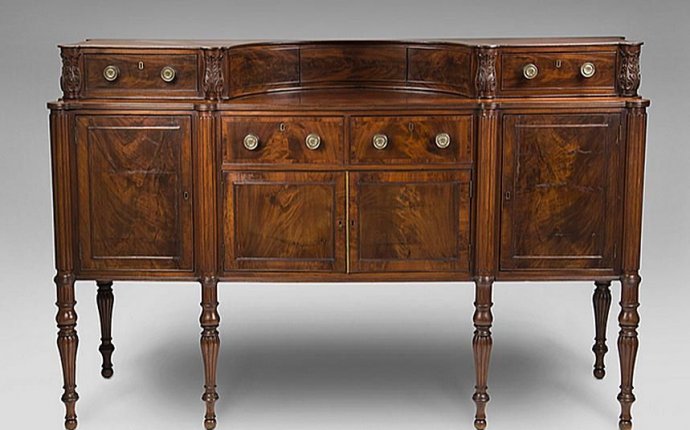
Value of Antique Chairs
IS MY ANTIQUE FURNITURE VALUABLE?
EVERYBODY asks this question at one time or another!
Below we have some great guidelines, but the REAL answer has to be found from a qualified appraiser. Most of the information below was garnered from the Antiques Roadshow Primer, but it is not complete. If you want more of the same type of information, we highly recommend you purchase the book at pbs.org.
First, Determine if the "Antique Furniture" is Old - If it's not old, it can't be antique or valuable! FURTHERMORE, Old Furniture is not automatically antique.
Run your fingers underneath or over the back of the piece: very sharp edges and corners can indicate recent manufacture.
If the upholstery is not original, lift one edge: the antique chair rail to check for the innumerable nail holes which, to a trained eye, are the reassuring sign of many re-upholsterings over the course of a long life.
Look for the distinctive curved pattern left in sawn wood by the teeth of a circular saw. It is one important sign of manufacture after 1840.
Remove one screw in some inconspicuous spot. An old antique, handmade screw will have irregular widths between the spirals, running the whole length of the shaft. The slot in the head may be off-center. (New screws have sharp points and regular, evenly spaced threads.)
Wood veneers on antique furniture are of thick and somewhat irregular widths, rather like home-sliced bread. (You can judge this by noting the veneer edges on the backs of chest tops, for instance, or wherever bits of veneer have broken away.) Modern veneers are thin, with every slice exactly the same width.
Old and antique tables don't have metal or plastic taps on the bottoms of their feet. (Sometimes these have been recently added to an old piece. Visually - they haven't.)
Antique Period table pedestals are often reinforced with a hand-hammered metal disk or a tri-part metal strap where the legs join. Twentieth-century tables may be reinforced with large, crimped staples. A one-board top, made from a single piece of wood, is a good indication of age.
Until 1800, all the antique mirror glass in America was imported. Antique glass is thin (less than 1/8 inch thick), variably wavy, and somewhat gray in color. To determine if a piece of mirror is old, hold the tip of a key to the glass. The closer the tip of the reflected Image IS to the tip of the actual key, the more likely it is that the glass is old.
Now, is the "Antique Furniture" Valuable?
Value, in furniture, depends chiefly on four criteria - rarity, provenance, quality, and condition. Of these, only condition and provenance are fairly simple to establish. The other two usually require time, research, and experience - and probably the help of an expert-to apply accurately - Three other elements - patina, finish, and color-are also important in considering furniture's value.
In addition to the aforementioned characteristic (which you should have an expert involved with), there are a few specific details to watch out for when evaluating antique furniture:
Replaced mirror glass devalues the antique mirror, even more than the flaking of its silvered back or (inconspicuous) cracks.
The bonnet-top highboy is usually the most valuable type.
Fine, vigorous carving on a piece of American Chippendale antique furniture generally increases its value.
The more ornate design requires more handwork. Thus a wing chair with cabriole legs (curved legs ending in an ornamental foot) is more valuable than a block-leg chair, for instance.
Exceptionally large pieces of furniture-pieces that are too big for modern homes and apartments-are always less desirable than smaller, more versatile pieces.
"Fancy chairs" - delicate side and arm chairs decorated with gilt and paint - lose most of their resale value - if they have been repainted. (Scratch through in an inconspicuous area to check for layers of paint.)









